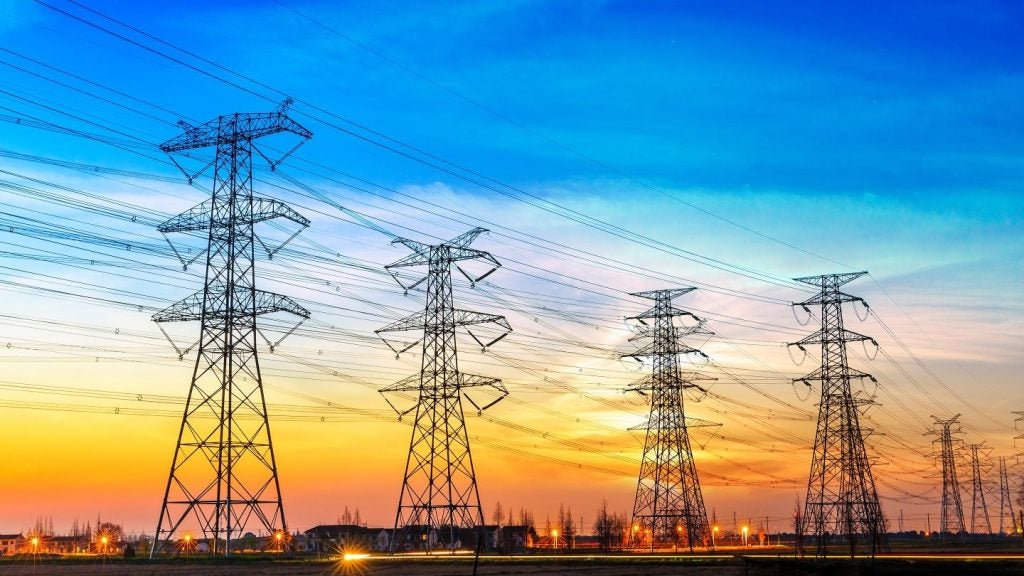Employment in the UK nuclear industry has reached a 20-year high as new nuclear projects are developed, according to data from the Nuclear Industry Association’s annual Jobs Map. The UK’s civil nuclear sector now employs 77,413 people, a 20% year-on-year increase.
According to an AI analysis of job postings conducted by Global Data Intelligence Centre, job postings in the nuclear industry increased from 217 in January 2023 to 2,192 in July 2023.
Within the industry, Hinkley Point C is one of the biggest employers with 9,500 employees, up from 8,000 in 2022. Rolls-Royce’s project to develop small modular reactors (SMRs) has spurred employment. The project is based in Derby and Warrington and more than 530 jobs have been created, with the potential for 6,000 more. The Culham Centre for Fusion Energy in Oxfordshire also employs 2,300 people.
The nuclear industry is an important source of economic activity outside of London, employing 27,024 people in the North West in decommissioning, fuel research and reactor design, a 5% increase on 2022, and 23,938 people in the South West. Research by Oxford Economics suggests that more than a third of nuclear jobs in England and half of those in Scotland are in the 25% most deprived local authorities.
Andrew Bowie MP, Minister for Nuclear, said: “From the government’s backing of new plants at Hinkley and Sizewell, to the launch of Great British Nuclear to spearhead new technologies, we are experiencing a nuclear revival.”
While the UK has strong historical ties with nuclear, building the world’s first nuclear power plant at Calder Hall in 1956, its native industry has stuttered in recent times. However, in July, the government committed £157m in grants towards the nuclear industry and in March launched Great British Nuclear, a body to support the industry. This is part of an effort to produce 24GW of power by 2050, which could provide up to 25% of the nation’s predicted energy supply.
Our signals coverage is powered by GlobalData’s Thematic Engine, which tags millions of data items across six alternative datasets – patents, jobs, deals, company filings, social media mentions and news – to themes, sectors and companies. These signals enhance our predictive capabilities, helping us to identify the most disruptive threats across each of the sectors we cover and the companies best placed to succeed.















